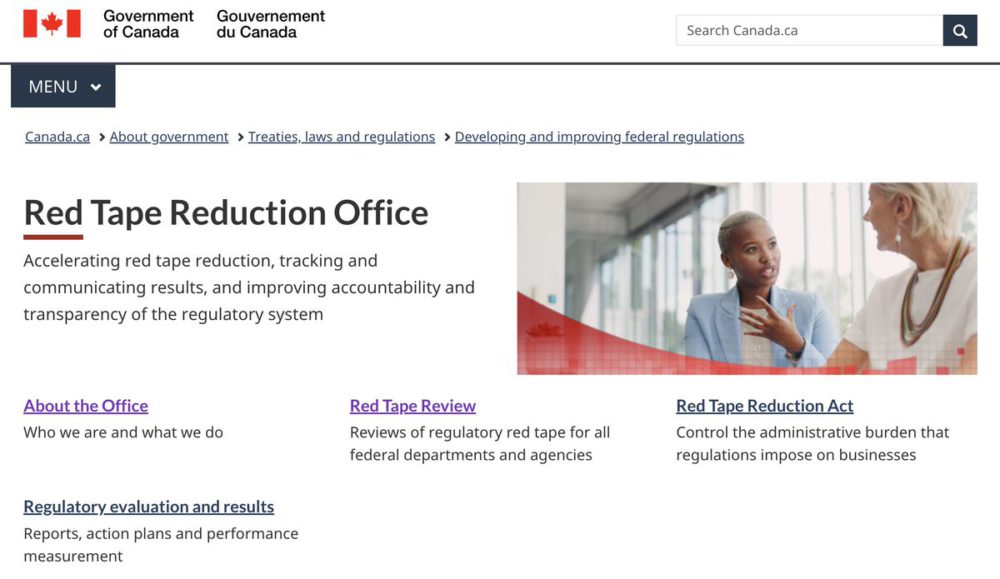Accelerating the potential of hydrogen to enable a net zero future

With conversations wrapping up at the UN Climate Change Conference of the Parties last month, there’s an ongoing narrative and heightened awareness about the importance of accelerating action towards meeting the goals of the Paris Agreement. With an ambitious target for Canada to reach net zero by 2050, there’s much to do to build a reliable and cost effective clean-energy mix that will continue to meet consumer energy demands.
Between the proposal for a global carbon tax, commitment to end public financing of fossil fuel projects and the push to phase out coal production, there’s a lot businesses need to be preparing for to effectively assess climate-based risks and proactively navigate their energy transitions.
This is certainly no different for mining and metals companies. The EY Top 10 business risks and opportunities report ranks decarbonization at number two as companies face increasing pressure from stakeholders. Even though the majority of miners have made commitments to net zero by 2050, few have made the necessary investments needed to achieve this. While this is likely because many are still in the process of working through what net zero really means for them and how to get there, companies cannot wait for answers before allocating capital. Those who don’t act now will fall behind.
A potential pathway in meeting climate change goals is hydrogen. The federal government, along with several provincial governments, have recognized its tremendous potential in decarbonizing the economy, particularly through upstream and downstream transformation. If estimates are achieved, hydrogen could help to reduce Canadian greenhouse gas emissions by 26% by 2050.
The good news is that mining companies are already taking early steps in harnessing the potential of hydrogen. We’ve seen significant investments in production and storage. And last year, saw the formation of the Green Hydrogen Consortium — a pledge by global mining giants to work together to accelerate renewable energy-powered hydrogen production and its application to the resources sector and other heavy industries. Clearly, hydrogen presents a real opportunity for mining and metals companies to meet carbon commitments, while helping Canada to accelerate adoption across sectors and move towards a clean energy mix that supports a net zero future.
One of the future applications of hydrogen is a diesel fuel replacement for use in the transportation and mining sectors. The industry is heavily reliant on diesel and presents an opportunity for hydrogen in its haul trucks, shovels, mineral processing and power plants. Unique conditions with long-distance trips and heavy loads make plug-in electric battery options difficult due to limits on storage capacity, recharge times and infrastructure requirements. Which is why some companies are exploring alternatives, making investments in the design and construction of hydrogen-powered haul trucks. But, with hydrogen use still in its infancy, the ability to capture, store and distribute cost-effectively remains a deterrent for greater widespread adoption.
This is where miners have the upper hand. While a significant up-front investment, the remote operations of mines could make it more cost effective in the long run, eventually decreasing power and fuel costs that are typically much higher in rural areas. Additionally, once the initial investment in renewables-to-hydrogen is made, the gas could be used as fuel in a range of different applications, from operations and refining to transport — ultimately, generating a more sustainable return while helping to decarbonize operations across the board.
The remote location of mines can also allow for surplus solar and wind energy, helping to generate future excess quantities of hydrogen to export to adjacent industries. The Green Hydrogen Consortium, for example, intends to do just that. It aims to collectively help to eliminate the obstacles to the adoption of green hydrogen technologies and encourage innovative application — both within their companies and beyond to customers, suppliers and operators — creating alternate avenues for revenue.
With the sector set up for success to navigate many of the current challenges, companies can help to deliver the necessary research and development, and identify innovative solutions for other industries to apply and bring hydrogen to market. The faster companies can raise hydrogen production, the sooner carbon emission targets can be met, helping to increase license to operate and access to financing options that meet rising ESG standards.
LANCE MORTLOCK is the energy leader at EY Canada, based in Calgary. For more insights on Canada’s hydrogen future, visit www.ey.com/en_ca/energy-resources.





Comments